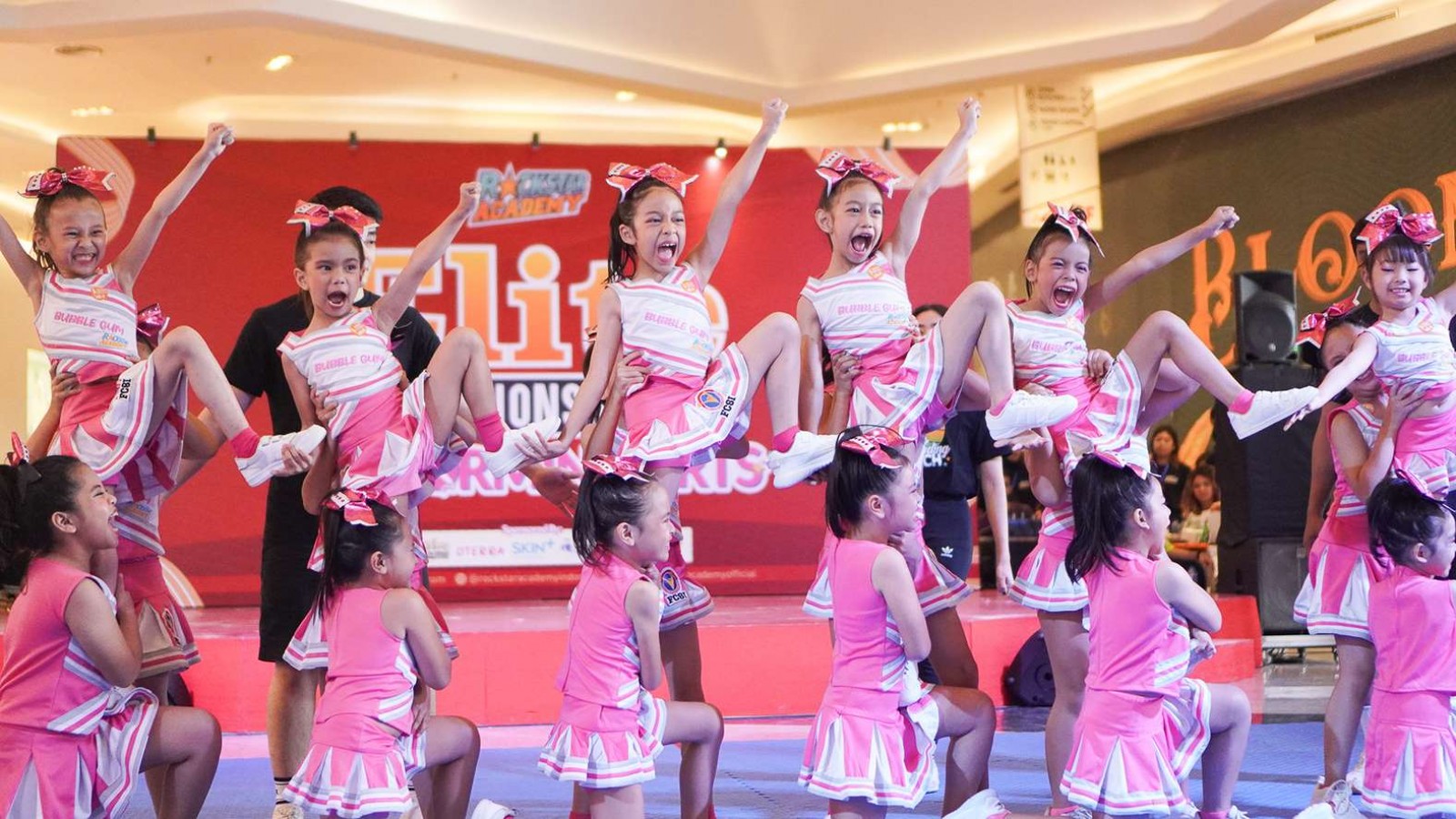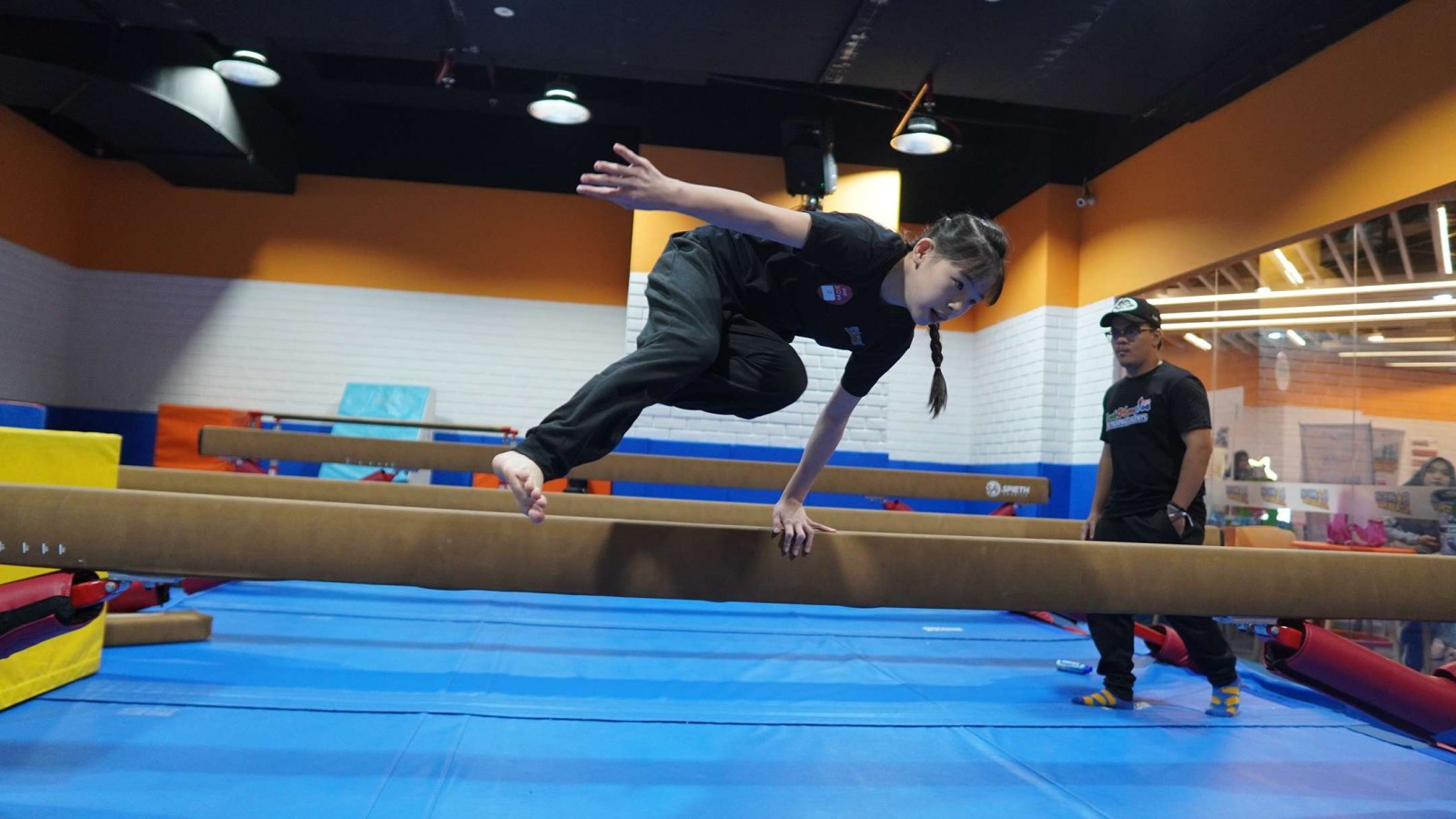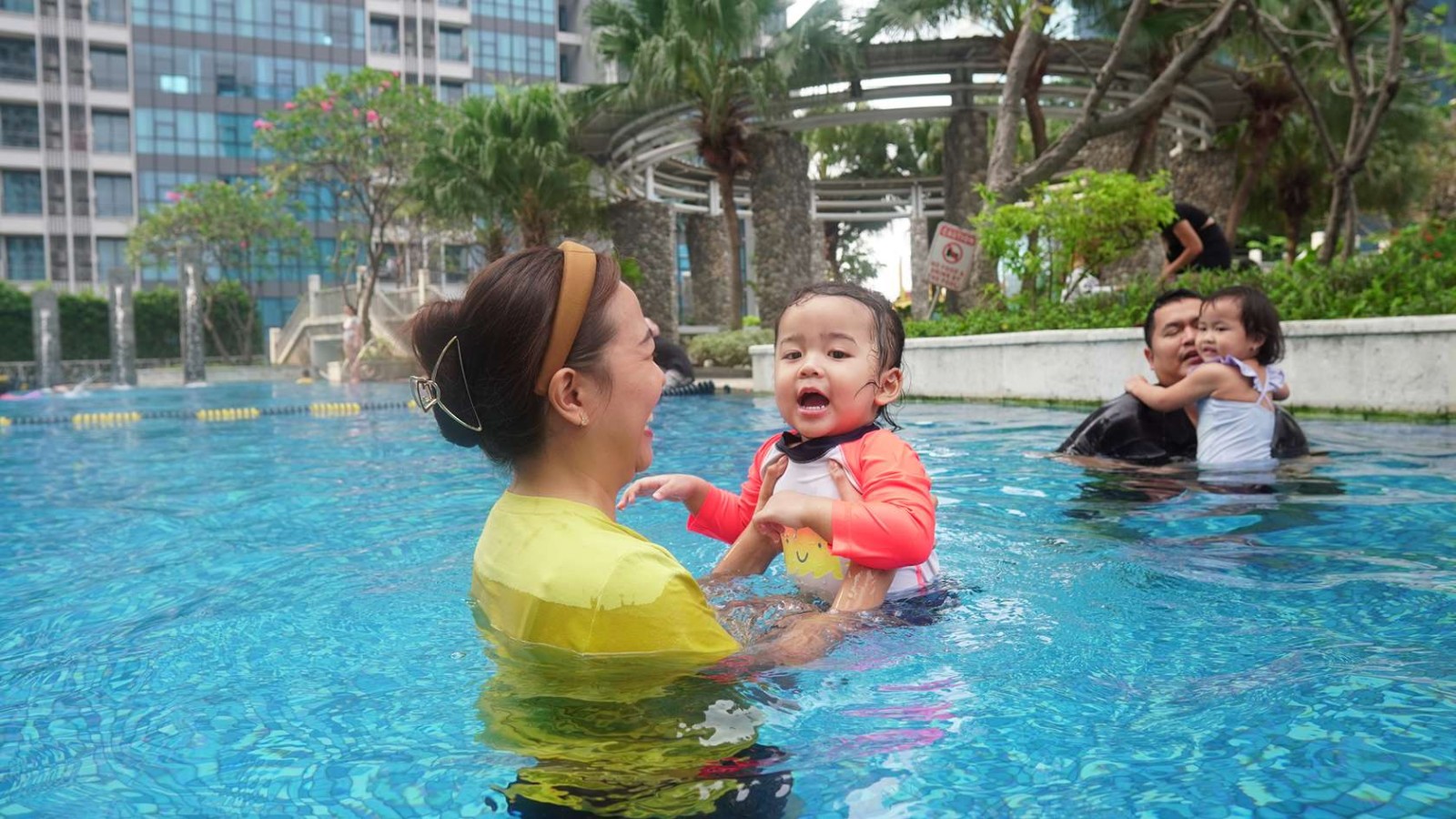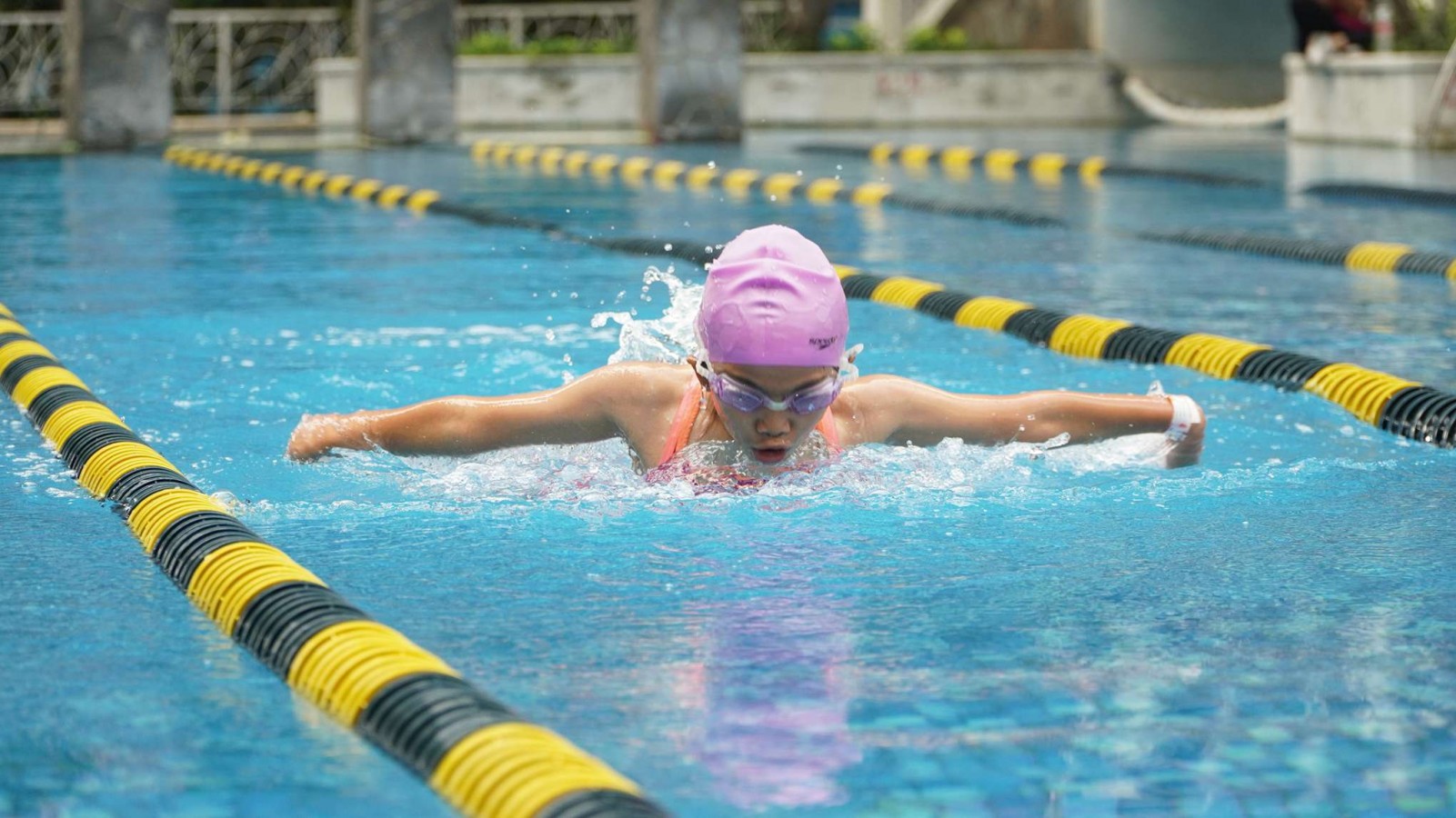Explaining Cheerleading Transitions Techniques and Drills

Cheerleading transitions are important moves that make routines smoother and more impressive, highlighting the team's athleticism and synchronization. These transitions not only improve how routines look and feel but also demand precise technique and coordination among team members.
Understanding and mastering cheerleading transitions not only enhances performance quality but also ensures safety and cohesion among team members, setting the stage for unforgettable displays of skill and coordination.
In this article, we'll delve into various cheerleading transition techniques and drills that are essential for mastering this dynamic aspect of cheerleading.
Cheerleading Transitions
Cheerleading transitions are not only about connecting different parts of a routine but also about enhancing the overall flow, synchronization, and visual appeal of the performance. Here's an in-depth look into cheerleading transitions:
1. Utilizing Lifts
Lifts are used to elevate cheerleaders or groups of cheerleaders off the ground, forming pyramids or other high-level stunts. In transitions, lifts can be employed to move from one formation to another, adding visual interest and dynamic movement.
2. Incorporating Levels
Changing levels involves altering the height at which cheerleaders perform, such as transitioning from ground-level stunts to elevated pyramids. This variation in height adds complexity and visual appeal to the routine transitions.
3. Executing Rolls
Rolls are rotational movements performed by cheerleaders, either individually or as part of synchronized group movements.
During transitions, rolls can facilitate smooth changes in orientation or position, contributing to the fluidity and artistic flow of the routine.
4. Using Motions
Motions refer to specific hand and arm movements that cheerleaders use to emphasize words, counts, or the theme of the routine. These motions are integrated into transitions to enhance synchronization and add stylistic elements to the performance.
Element of Cheerleading Transitions
Cheerleading transitions incorporate several elements to smoothly connect different parts of a routine and enhance its overall quality. Here are the key elements involved in cheerleading transitions:
A. Tumbling
Tumbling involves acrobatic movements such as flips, cartwheels, and handsprings performed on the floor or mat. In transitions, tumbling can link different sections of the routine which adds athleticism and excitement.
B. Dance
Dance elements include choreographed movements and routines performed to music. Transitions in cheerleading often integrate dance sequences to transition between stunts or pyramids. It also adds fluidity and grace to the routine.
C. Jumps
Cheerleading jumps, such as toe touches, herkies, and pike jumps, are executed with precision and height. Jumps can be used in transitions to punctuate sections of the routine or to add visual interest and synchronization.
D. Cheers
Cheers involve rhythmic chants and vocal routines performed to engage and motivate spectators. In transitions, cheers can serve to transition between different elements of the routine while maintaining energy and crowd interaction.
E. Stunting
Stunts are intricate formations that involve lifting and balancing cheerleaders in the air. Transitions in stunting can involve moving from one stunt formation to another or incorporating stunts into larger sequences to showcase strength, teamwork, and coordination.
The Skills and Drills to Improve Cheerleading Transitions
To get better at cheerleading transitions, you need to practice specific skills and drills that improve coordination, timing, and how smoothly different parts fit together in routines.
Here’s a breakdown of the key skills and drills that can help cheerleaders improve their transitions:
1. Timing
Mastering timing is essential for executing transitions with precision and synchronization. Cheerleaders practice counting aloud or syncing movements with music cues to ensure transitions flow seamlessly between routine sections.
This skill ensures the entire team moves as one cohesive unit, maintaining the rhythmic momentum of the performance.
2. Placement
Accurate placement is crucial to maintaining visual clarity and continuity during transitions. Using marked spots on the mat or field, cheerleaders rehearse precise positioning.
This drill helps them understand their roles within formations or stunts, ensuring smooth transitions without disruptions. Clear placement enhances the overall aesthetic and professionalism of the routine.
3. Sharpness
Focusing on sharp movements makes cheerleading transitions more impactful and professional. Cheerleaders should aim for crisp execution, emphasizing clean lines and quick switches between positions.
This precision boosts the routine's energy, grabbing the audience's attention and improving the overall performance.
4. Muscle Engagement
It's important for cheerleaders to use their core muscles and stay strong during transitions to keep stable. You can practice exercises like planks, leg raises, and squats to build endurance and control in these muscles.
Strengthening these areas helps cheerleaders perform stunts and lifts with confidence, making transitions powerful and graceful.
Experience the Artistry of Cheerleading Transitions!
Each cheerleading transition not only showcases athleticism but also reflects the dedication and teamwork integral to cheerleading. At Rockstar Academy, we pride ourselves on offering an exceptional Cheerleading Program within our renowned Sports & Performing Arts Academy.
Our program is designed to nurture each cheerleader's skills, from mastering intricate stunts to perfecting dance routines, all under the guidance of experienced instructors who have led teams to success at events and competitions like Elite Championships.
In addition, the cheerleading program at Rockstar Academy provides students with the exciting chance to compete in RockOlympics. RockOlympics is the largest competitive event of its kind, featuring over 100 individual and team competitions across 18 programs.
This event offers kids and teens at Rockstar Academy a unique experience similar to the Olympics, where they can showcase their skills and teamwork on a grand stage.
Experience it firsthand with our exclusive offer: a free trial of the Cheerleading Program. Join us at Rockstar Academy and discover the excitement and achievement that cheerleading can bring to your life!
FAQ
What is cheer conditioning?
Cheer conditioning involves specialized physical training to enhance cheerleaders' strength, endurance, and flexibility for optimal performance in routines.
What does conditioning mean in cheerleading?
In cheerleading, conditioning refers to exercises and drills designed to improve fitness levels, stamina, and skill execution required for stunts, jumps, and tumbling during performances.



